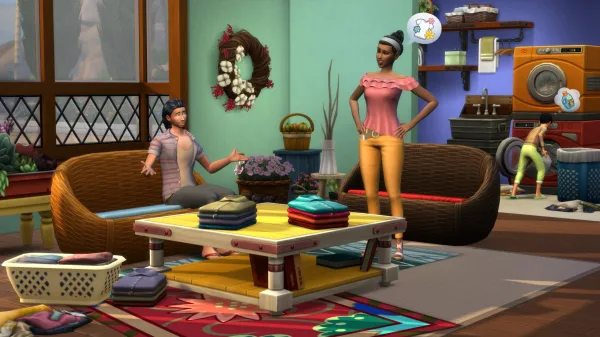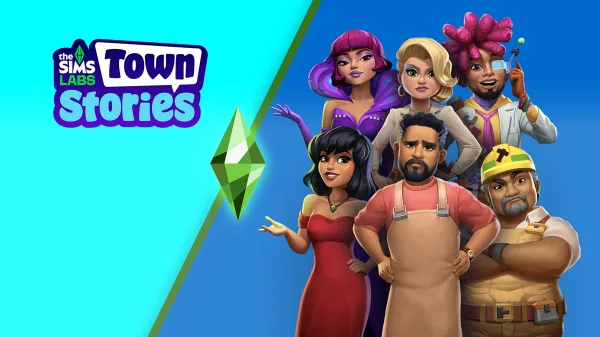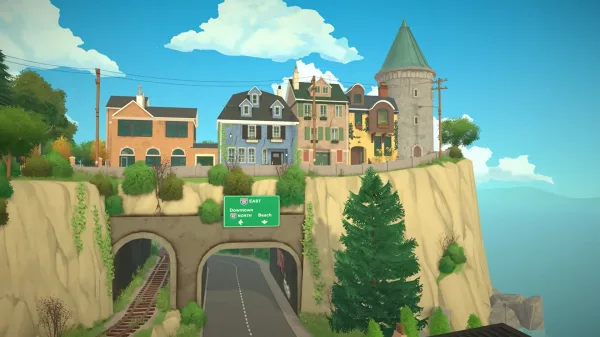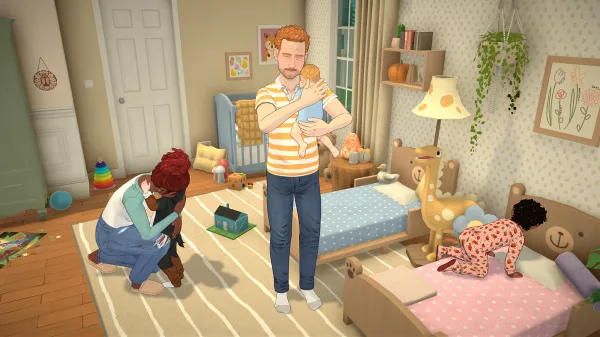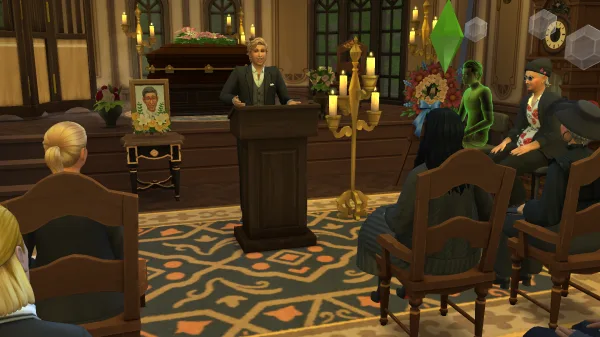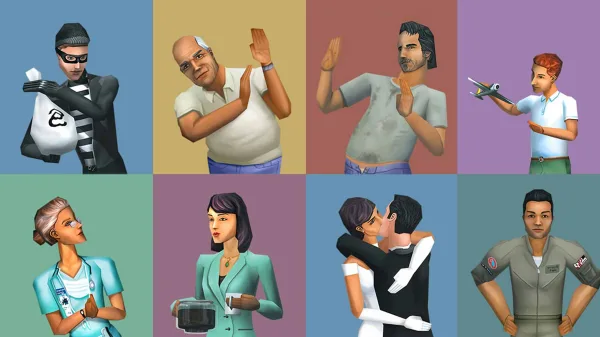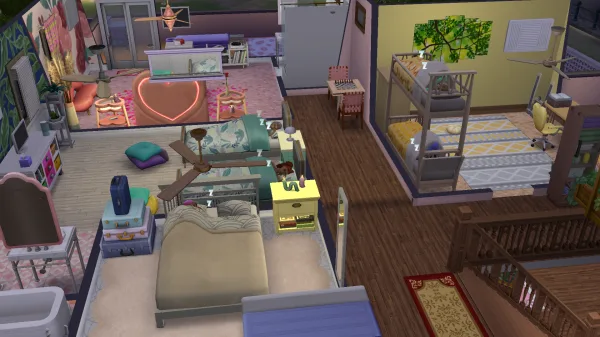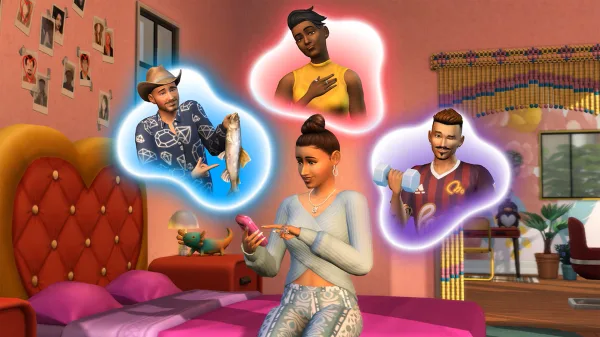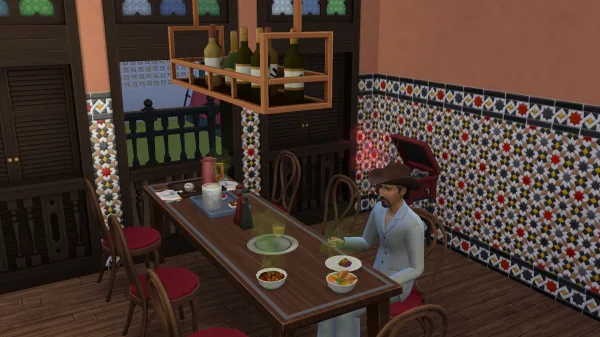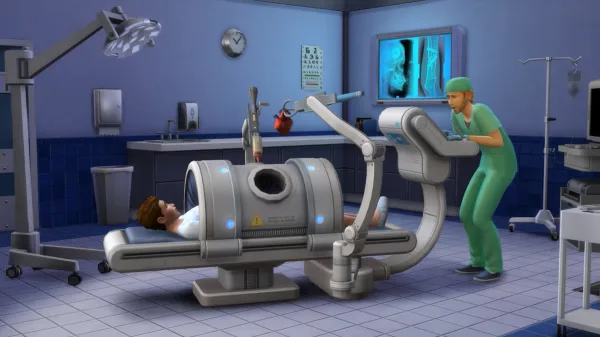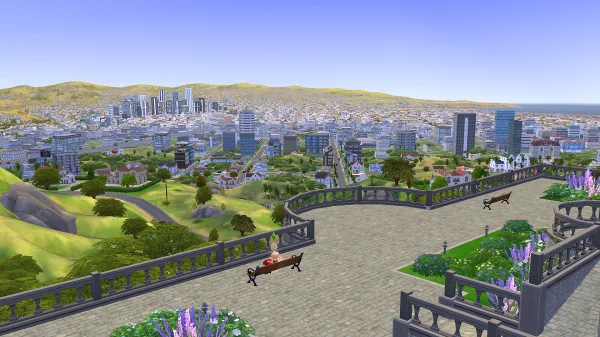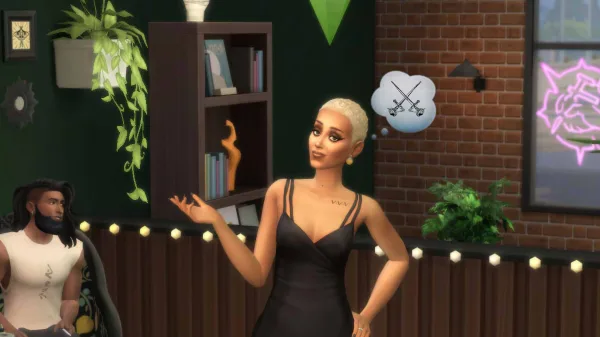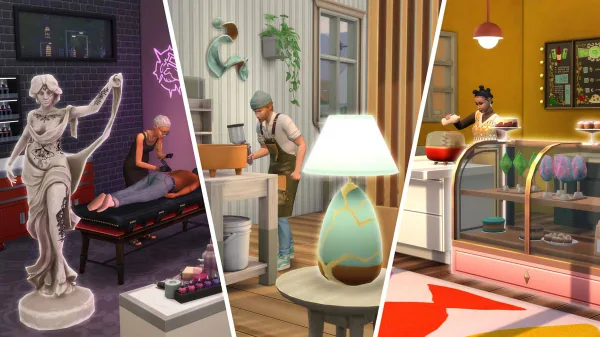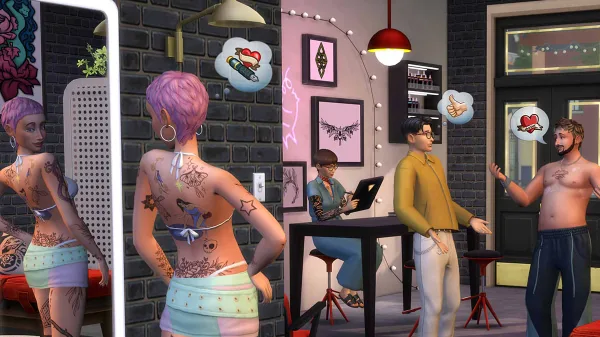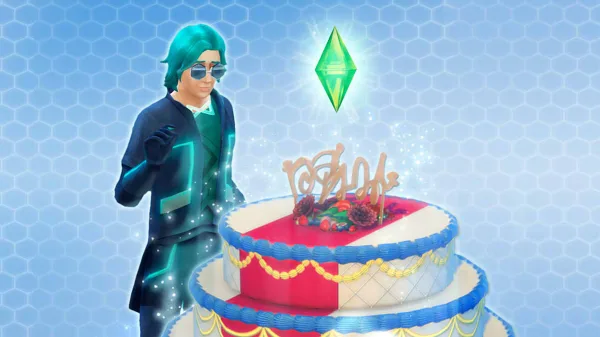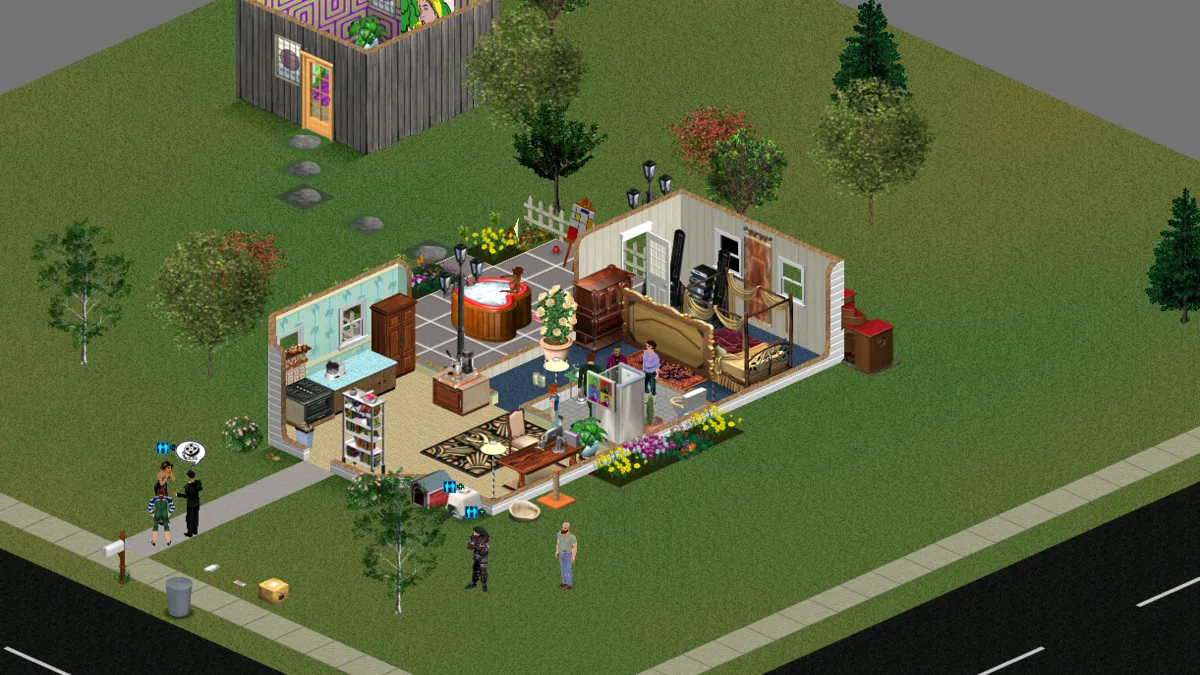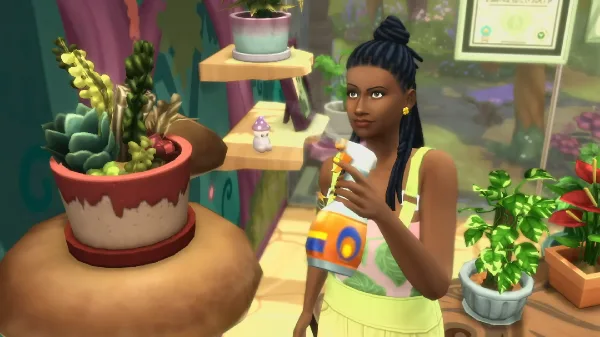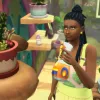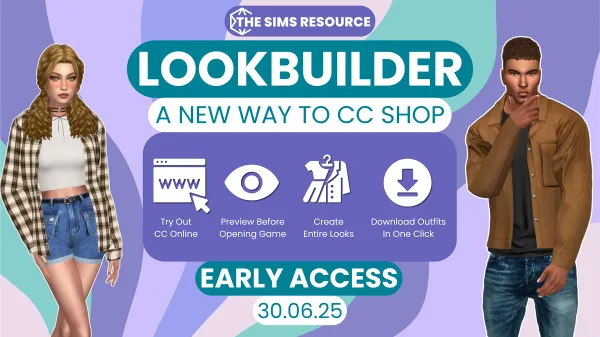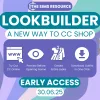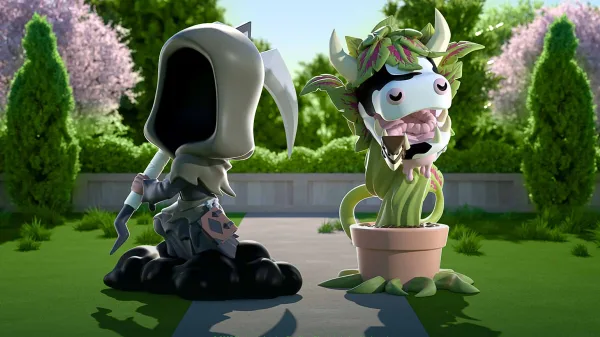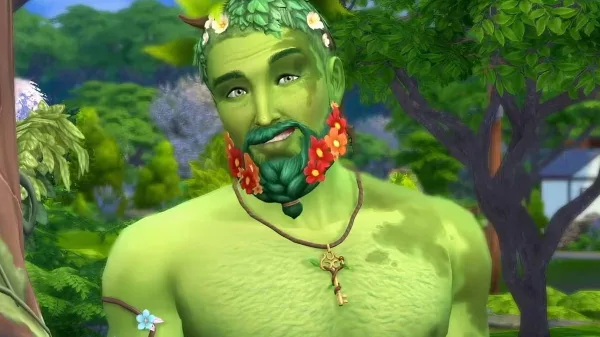Games usually go through several different stages before they’re released to the public. One stage is a prototype. When it comes to game development, a prototype exists to demonstrate and test out a few of the title’s core mechanics or gameplay loops.
As the public, we don’t usually get to see prototypes of our favourite games. They tend to only be shared internally. We’ll usually only get to try out a game once it’s finished and released, or a demo or minimum viable product (MVP) gets shared in early access.
That is, unless we’re talking about The Sims 1. A previously lost prototype for The Sims 1 was allegedly uncovered in a thrift store in Washington, according to Lucpix on YouTube. A splash screen at the start of the demo suggests it comes from circa 1999, a year before the simulator’s release.
What’s included in the uncovered prototype?
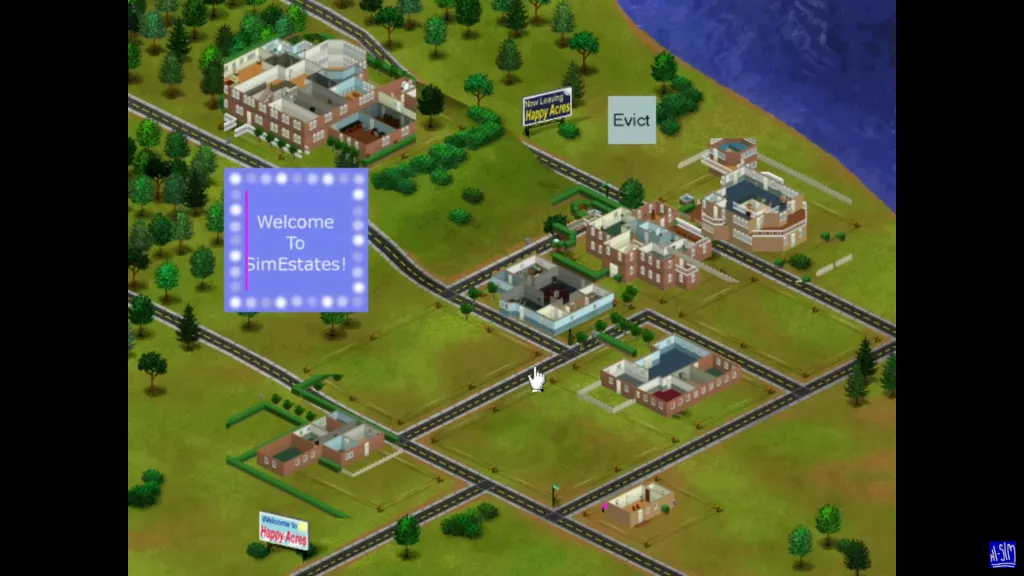
The uncovered prototype shows us an alternative take on The Sims 1’s suburbs that we’ve come to know, known as Happy Acres. It’s a green, sprawling, coastal area with a couple of empty lots and a few comically huge brick McMansions. A couple of simplistic MSPaint-style UI placeholders hang over the map, giving players access to what came to be known as the Family Bin or to evict households from the map.
Most of the prototype’s content is broadly what you might expect. Lucpix’s walkthrough shares a look at most of the core elements that went on to be in the final product, such as a simplified character creator, Buy and Build Modes, and interactions in Live Mode. There aren’t many big surprises – but it’s an interesting peek behind the development curtain.
Of course, the whole simulator is stripped back in this version, meaning it looks fairly different at first blush. It is a prototype, after all, to provide a kind of proof of concept for what would later become The Sims.
As a result, this version is packed with janky buttons, rough textures, and a big old mix of Comic Sans and Arial text placeholders for programmer art.
Navi, is that you?
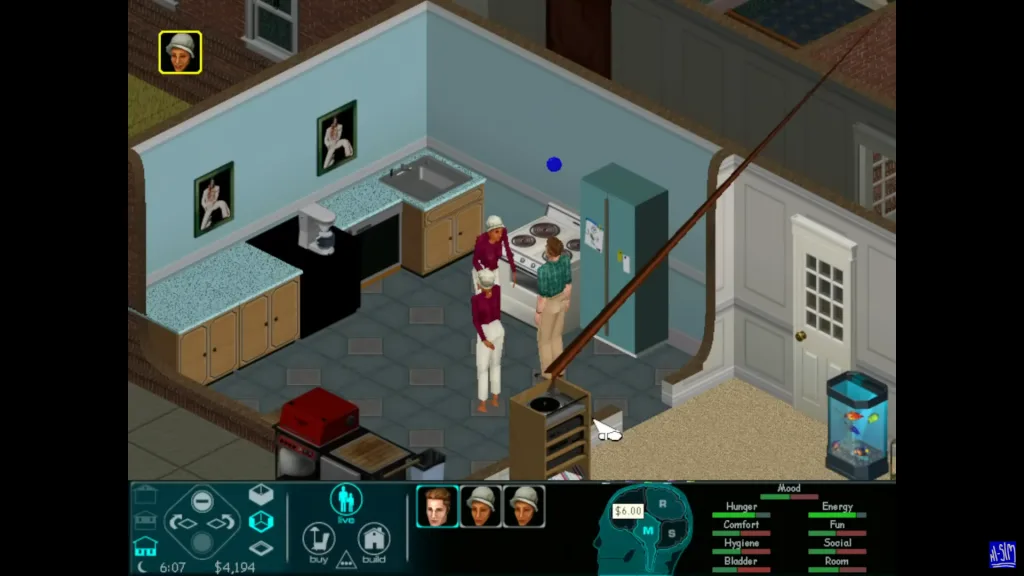
Although there aren’t many big surprises in the prototype, there were a couple of key differences from the final version of The Sims 1 that caught my eye. Perhaps the most noticeable of all the differences was the ominous blue orb hanging over each Sim’s head in place of the now-iconic Plumbob.
Considering that there’s no commentary or interpretation with the prototype, it’s impossible to say at this stage whether this was a placeholder for where the plumbob would go, or an early alternative for the moody rhombus we’d come to know and love. Either way, it’s weird seeing something different hanging over Sims’ heads.
Early ideas of Sim psychology
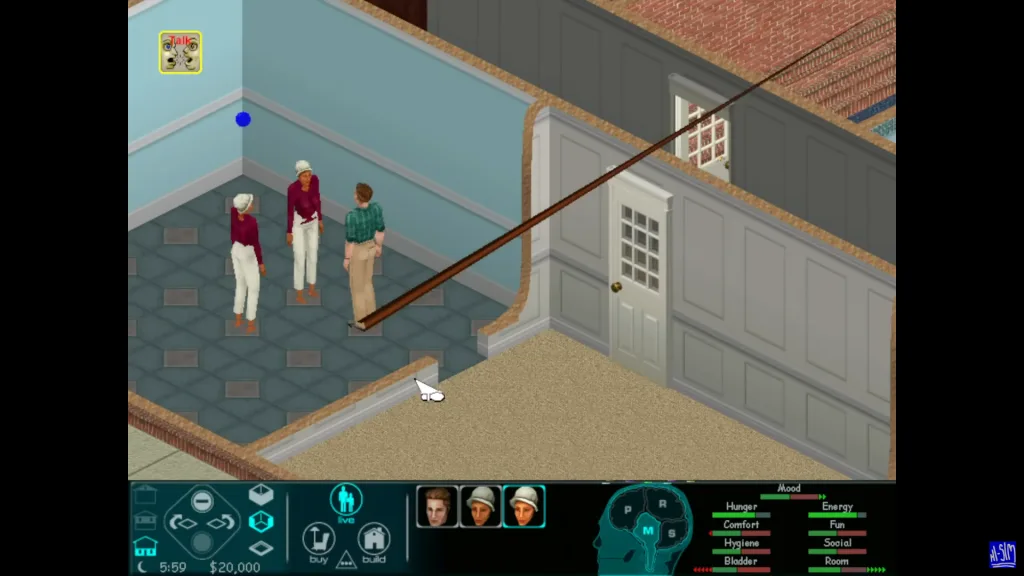
Another eye-catching difference between the prototype and later versions of The Sims is the user interface. It’s clear that a lot of that can be chalked up to it not being the final, shippable product, but the most significant change to me is the strange head cross-section in Live Mode.
The panel shows a brain split into four lobes, each labeled with a letter: P, M, R, and S. The lobes flash during unpaused gameplay, seemingly to show which area your Sim is active in. Based on what’s shown in the video and what went on to be final gameplay, it’s most likely that the sections refer to:
- Personality
- Mood
- Relationships
- Skills
This mechanic is streamlined in later versions of The Sims, tucking each of these sections away in a more simplified, non-psychological-looking tab menu. Relatedly, the mood system works slightly differently in the early version of the game. Most of the needs (or motives) are exactly the same, besides one: Mood.
Mood is, technically, in The Sims 1. We’ve all seen a pop-up saying that your Sim is (relatably) too depressed to look for a job. It just wasn’t there as a clearly measurable motive bar. Instead, it’s a part of your Sim’s Plumbob. It changes colours like a big metaphysical mood ring to tell you what’s up. So, seeing it laid out specifically as a motive is an interesting change.
Create-a-Sim faced some big changes
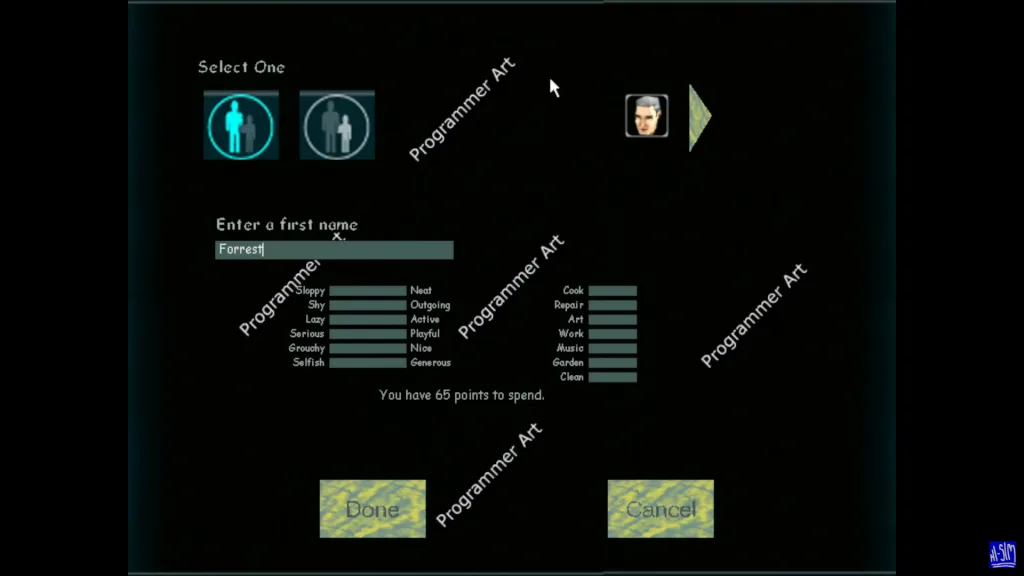
Create-a-Sim’s foundations look pretty different from where it wound up. And it’s not entirely because of the awkward placeholder text overlay. Sim’s personalities were actually really different.
Back before elements like Traits were introduced, you decided your Sims’ personalities based on a handful of scales. You had a set number of Personality Points to attribute to each scale, in a similar way to how you might create a character for some tabletop games.
Usually, you’d use these points across five scales. However, the prototype offers six scales, alongside a further seven scales that seem to relate to interests or strengths.
The personality scales in the prototype were:
- Sloppy to Neat
- Shy to Outgoing
- Lazy to Active
- Serious to Playful
- Grouchy to Nice
- Selfish to Generous
The Selfish-Generous continuum was removed before The Sims 1 was released, with the other scales remaining intact. The other section consisted of:
- Cook
- Repair
- Art
- Work
- Music
- Garden
- Clean
Again, due to a lack of context, we don’t know exactly what these scales are in reference to. They didn’t seem to make it into the final version, though. It’s possible that having too many different personality types was either too complex for technical reasons or that it became too convoluted gameplay-wise.
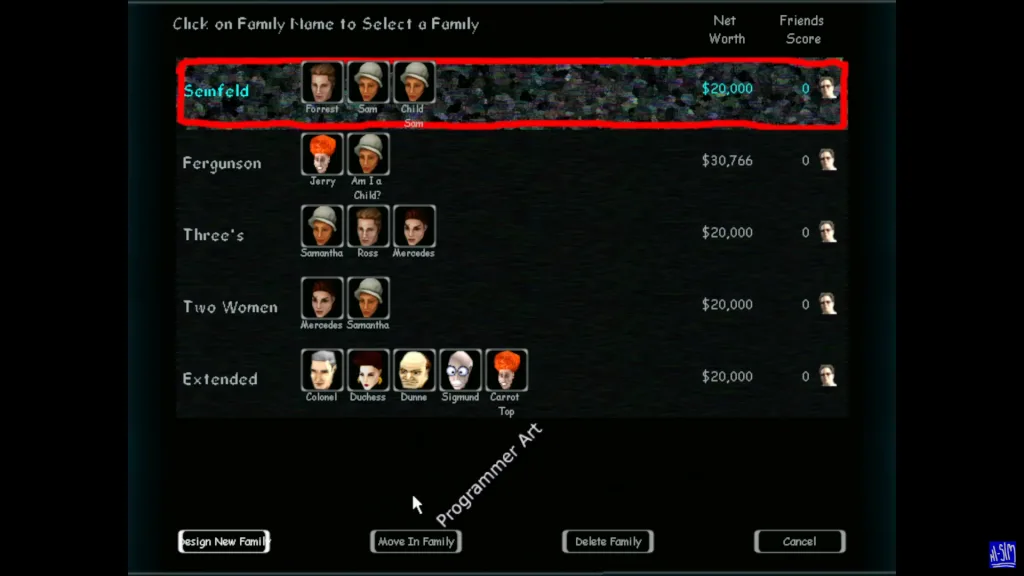
As you might expect, Create-a-Sim’s visuals were also substantially different pre-release. It was entirely stripped back to picking between a few premade heads, between two ages (child or adult), a name, and the aforementioned personality picker. You couldn’t decide which body or clothes your Sim had, nor were there any gender options yet.
Most of the pre-made heads also looked kind of weird back then. And please don’t even get me started on the Carrot Top and Sigmund (Freud, I assume) household.
Build and Buy Mode looked much the same, with some exceptions
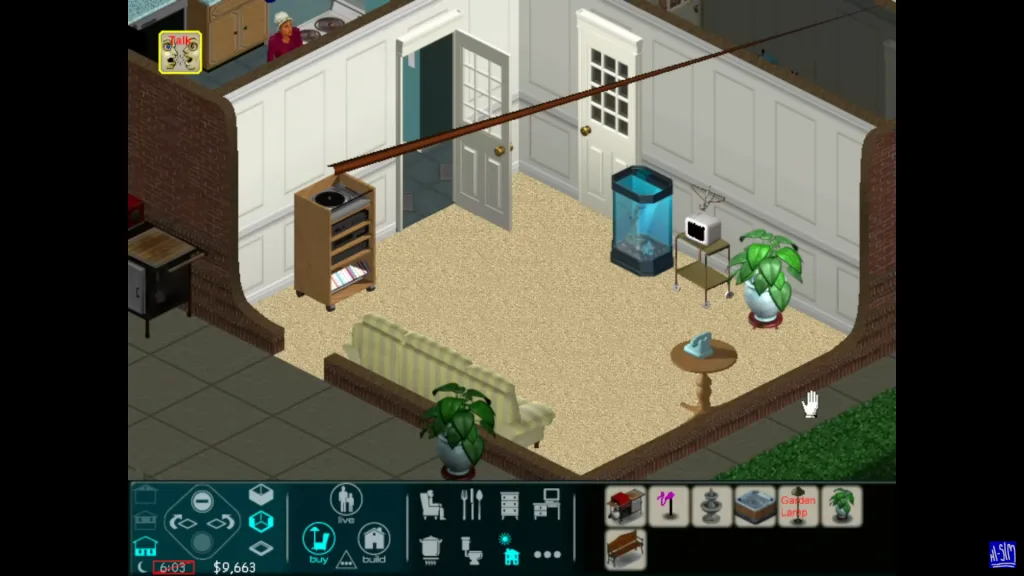
Based on the walkthrough, it doesn’t seem like Build nor Buy Mode really changed a whole lot. In fact, most of the items wound up in the final product, with a few pieces of familiar furniture making an appearance. Including that one bizarrely flammable red girl that I’m sure featured in more than a few childhood nightmares.
You could place, rotate, and move items around in your homes, as well as build walls, floors, and fences. A few rather gorgeous furniture items, like a bookshelf with a globe on it (which was non-functional at that point) and a hi-fi stand with a nice wooden record deck on it, unfortunately didn’t seem to make the cut, though. Maybe someone could make custom content versions of them?
One Build Mode feature that didn’t strictly speaking make it to the endgame was Balustrades. They’re kind of like indoor fences, with a suggested use of staircases and balconies. That seemed to be scrapped eventually.
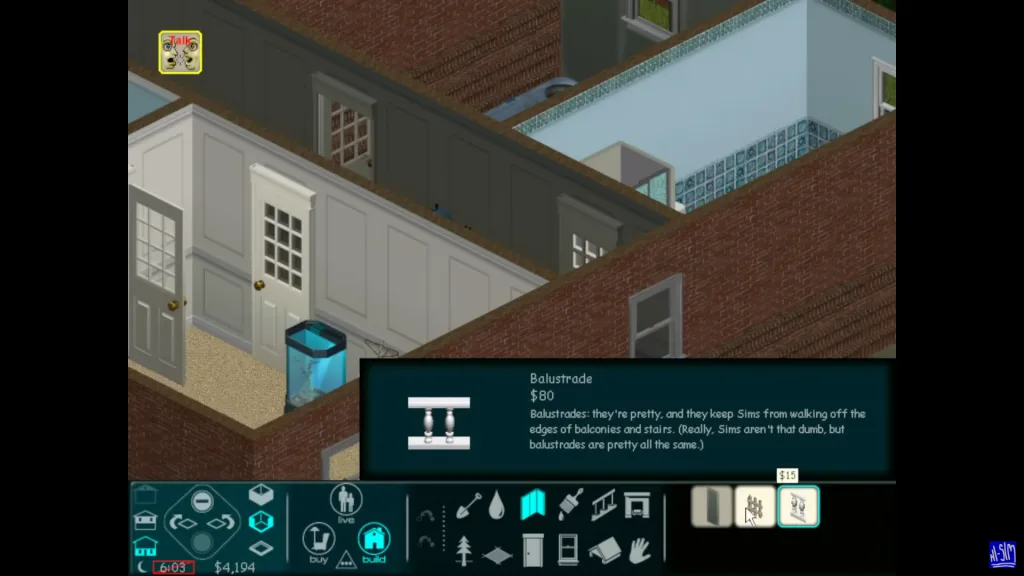
It definitely seems like the original plan was to offer some slightly different gameplay when it came to gardening. A handful of landscaping options, like shrubs and flowers, were included in the prototype. An apple tree was among them, with a mention that Sims could use it for nourishment.
Edible crops weren’t available in The Sims 1 from launch, but instead were eventually added in The Sims 1: Unleashed. Despite that, you weren’t actually able to grow fruit from trees until The Sims 2: Seasons, seven years after the launch of The Sims 1.
Other early versions of The Sims 1 have been kicking around the internet for years
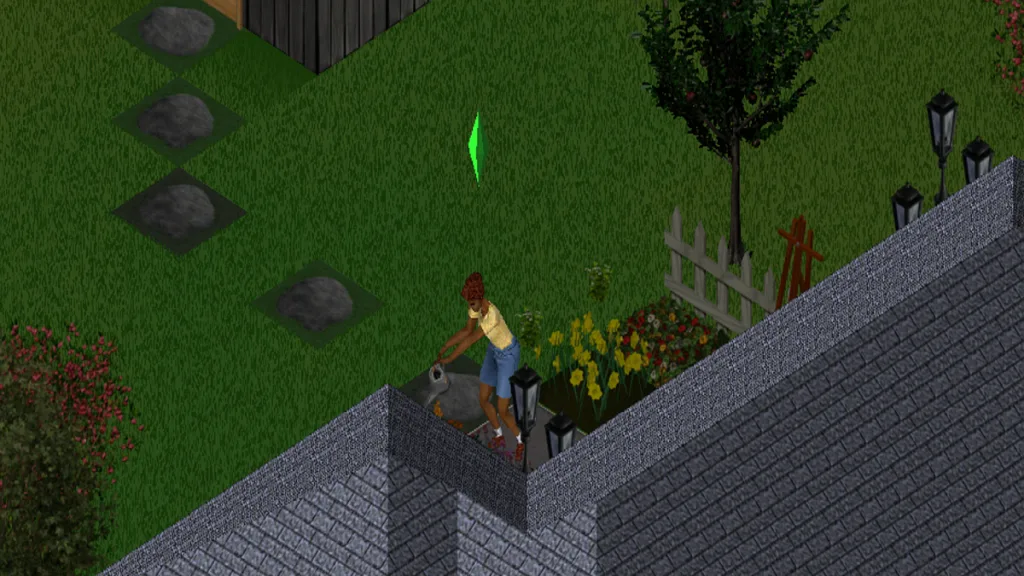
This is far from the first time an early version of The Sims 1 has popped up online. Another early version titled The Sims Steering Committee was shared online in 2023, which is thought to predate the walkthrough shared by Lucpix by around a year.
The Steering Committee version of The Sims 1 is based a little more around working through scenarios, and getting to grips with what a dollhouse sim has to offer. Both Lucpix and bleaksimmer shared some insights into these earlier builds on ModTheSims forums.
While it may not be the first prototype shared online, it’s most likely to be the newest, and therefore the closest to The Sims 1’s final build.
See the prototype in action
You can watch a full walkthrough of the prototype on Lucpix’s channel on YouTube. The video gives a detailed overview of what’s included by demonstrating each core playmode.
Toni is a writer, content creator, and simulation fanatic. He started playing The Sims 1 in the early 2000s when expansion packs still only cost a fiver and the inflatable sofas were contemporary.



